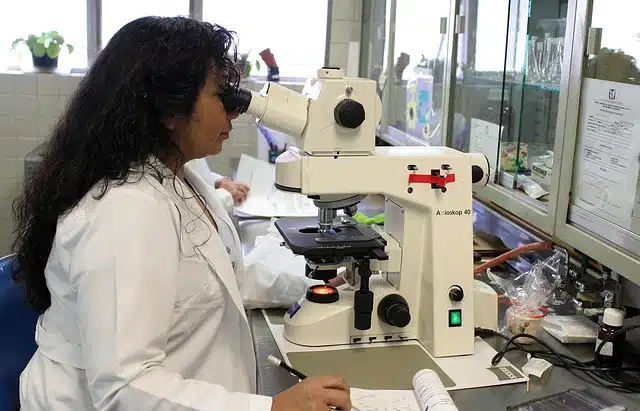
The research method should be chosen based on the objectives.
The term method comes from the Latin word methŏdus , which in turn comes from the Greek méthodos . The concept refers to a way of acting or doing that implies respecting certain criteria or issues .
An investigation , meanwhile, involves an investigation. At a formal level, research consists of the systematic development of certain experimental and intellectual actions with the aim of producing knowledge on a specific topic .
A research method , in this way, is an ordered set of activities and practices that are carried out to satisfy scientific concerns or to rule out or prove a hypothesis . According to the chosen method, the researcher will use certain procedures when collecting and analyzing data .
Choice of research method
The choice of research method is key in scientific or academic work. The investigative method acts as a guide and directs the development of the study, establishing the resources and techniques that will be used and, therefore, conditioning the conclusions.
According to specialists, the determination of the research method has to be based on the objectives of the research. In any case, the available resources , both human and material, must also be considered.

A research method can be qualitative or quantitative.
From quantitative to qualitative
In a broad sense, research methods can be divided into quantitative or qualitative . While the former aim to obtain results that can be expressed in figures, the latter focus on description and interpretation.
A quantitative research method , therefore, is appropriate when an empirical demonstration is intended. If the researcher wants to produce knowledge from the rejection or verification of a theory , he or she can resort to this kind of method to observe and measure phenomena through experimentation .
On the other hand, a qualitative research method is based on the analysis and synthesis of information . Conclusions are reached through inductive or deductive reasoning.
Examples of research methods
Suppose a political analyst wants to know how the inhabitants of a city evaluate the mayor 's management . To that end, he asks 5,000 people to rate the work of this communal leader, offering them three possible answers: "Good" , "Fair" or "Bad" . Of that total, 3,000 individuals indicate that the management is "Good" ; 1,500 respond that it is "Regular" ; and the remaining 500 say it is "Bad" .
This quantitative research method reveals that 60% of residents think that the mayor is doing a satisfactory job, while 30% of citizens believe that this work is average. The remaining 10% , finally, state that the mayor is poorly fulfilling his role .
Although this research method can be useful taking into account the researcher's objective, it would be necessary to examine whether 5,000 respondents constitute a representative sample of the total population of the city . On the other hand, it would be interesting to know the reasons that led the participants to judge the mayor in one way or another.
Let's take the case of a researcher who sets out to establish whether an educational crisis exists in a country. With that goal, analyze statistics (literacy level, number of higher education graduates, etc.); interviews students, educators and sociologists; and studies the relationship between educational level and crime, for example.
The person carrying out the research uses a qualitative method to draw his or her own conclusions based on the data and opinions collected. It does not quantify what is collected, but rather values it according to its theoretical framework and ideology .
